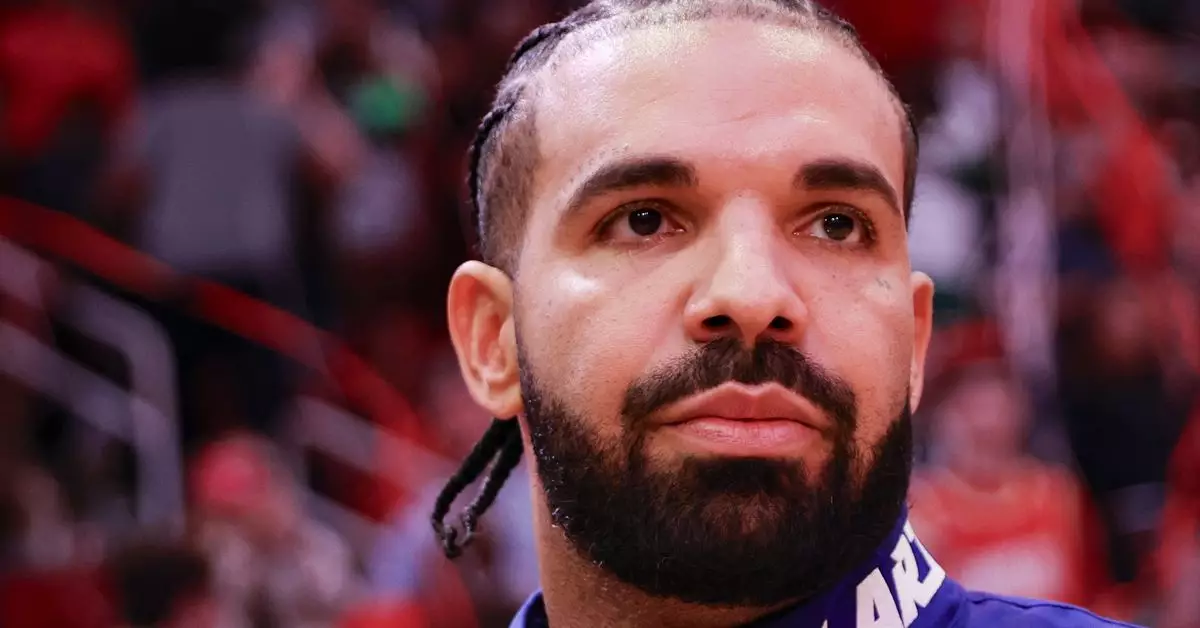Drake recently found himself in hot water after releasing a diss track called “Taylor Made” featuring AI-altered vocals made to sound like the late rapper Tupac Shakur. In response, Tupac’s lawyers issued a warning to Drake, threatening legal action if he did not take down the song.
Drake’s Response to Legal Warning
After receiving the ultimatum from Tupac’s legal team, Drake decided to remove “Taylor Made” from his X profile. This move came after the lawyers gave him a 24-hour deadline to comply with their demands, highlighting the seriousness of the situation.
“Taylor Made” was initially posted by Drake as part of an ongoing feud with fellow rapper Kendrick Lamar. The song, which utilized recreated voices of Tupac and Snoop Dogg, was seen as a provocative move by Drake, drawing criticism from fans and music industry insiders alike.
While it remains unclear whether Drake profited directly from the song’s creation, Tupac’s estate raised concerns about the unauthorized use of the late rapper’s likeness. The removal of “Taylor Made” from Drake’s profile may have averted a potential legal battle, but the incident serves as a cautionary tale for artists dabbling in AI-altered music.
The controversy surrounding “Taylor Made” underscores the tension between traditional artistic expression and emerging technologies in the music industry. As artists experiment with AI tools to mimic iconic voices, questions of authenticity and intellectual property rights continue to be hotly debated.
Drake’s decision to remove “Taylor Made” serves as a reminder of the importance of respecting the legacies of legendary artists like Tupac Shakur. Moving forward, artists must tread carefully when incorporating AI-altered vocals into their work to avoid potential legal pitfalls and backlash from fans and estates alike.
The saga of “Taylor Made” highlights the complex interplay between creativity, technology, and legal considerations in the modern music landscape. As the industry grapples with the implications of AI-generated content, artists face increasingly nuanced challenges in navigating the boundaries of artistic expression and copyright protection.


Leave a Reply